An American cottage garden is a charming, informal landscape style that blends the warmth and nostalgia of traditional English cottage gardens with the diverse plant life and outdoor living features that suit the American lifestyle. With its lush, overflowing flower beds, winding paths, and a touch of whimsy, this garden style is perfect for those who love a natural, unstructured look that invites relaxation and enjoyment.
The Essence of a Cottage Garden
At its core, a cottage garden is about creating a space that feels like a natural extension of the home—a place where beauty, utility, and comfort coexist. Originally, cottage gardens were practical, filled with herbs, vegetables, flowers, and even livestock. Over time, they evolved to emphasize aesthetic appeal without losing their productive roots.
In the American version, this approach is modernized to include native plants, drought-tolerant varieties, and spaces for outdoor living, such as patios, pergolas, or even fire pits. The result is a garden that’s as functional as it is beautiful, with a style that’s casual and inviting.
Key Elements of American Cottage Garden Design
1. Lush, Layered Plantings
One of the defining features of a cottage garden is its abundance of plants, often densely packed to create a lush, layered look. This “organized chaos” is achieved by combining a variety of plants—flowers, shrubs, and even small trees—in a way that feels natural and spontaneous.
Plant Selection: Choose a mix of perennials, annuals, and biennials to ensure continuous blooms throughout the growing season. Consider classic cottage garden flowers like hollyhocks, foxgloves, and roses, and mix them with American natives such as coneflowers, black-eyed Susans, and bee balm.
Layering: Place taller plants at the back or center of beds, with medium-height plants in front of them and ground covers or low-growing flowers at the edges. This creates depth and a sense of fullness.
Color Palette: While cottage gardens are known for their riot of color, choosing a cohesive color palette can bring harmony to the design. Consider pastels for a soft, romantic feel, or go bold with a mix of vibrant hues.
2. Meandering Paths
Cottage gardens often feature winding paths that lead you through the garden, inviting exploration and discovery. These paths can be made of various materials, from traditional stone or brick to more rustic options like gravel or wood chips.
Path Design: Let the paths flow naturally, curving gently to guide visitors through different areas of the garden. Avoid straight lines and sharp corners, which can feel too formal for the cottage garden style.
Planting Along Paths: Soft, cascading plants like lavender, catmint, or creeping thyme can be planted along the edges of paths, blurring the lines between the path and the garden beds and adding to the garden’s informal feel.
3. Mix of Ornamentals and Edibles
A hallmark of the traditional cottage garden is its blend of ornamental flowers and practical edibles. In the American cottage garden, this mix can be tailored to include heirloom vegetables, culinary herbs, and fruiting shrubs or trees, all of which add to the garden’s charm and utility.
Herbs: Plant aromatic herbs like rosemary, thyme, and sage, which not only provide culinary benefits but also attract pollinators and add texture to the garden.
Vegetables: Incorporate vegetables like tomatoes, peppers, or leafy greens into your flower beds, using them as both functional and decorative elements.
Fruit: Consider adding small fruit trees or berry bushes, such as dwarf apple trees, blueberries, or raspberries, which can be integrated into the landscape without overwhelming the space.
4. Cottage Garden Structures
Structures like arbors, pergolas, trellises, and fences are often used in cottage gardens to add height, support climbing plants, and create a sense of enclosure or privacy. These elements can also serve as focal points within the garden, drawing the eye and adding architectural interest.
Arbors and Pergolas: These structures are perfect for supporting climbing roses, clematis, or honeysuckle, creating a romantic, shaded area in the garden.
Trellises and Fences: Wooden trellises and picket fences can be both functional and decorative, providing support for vines and adding to the garden’s quaint, cottage-like feel.
Garden Sheds: A small garden shed, painted in a soft pastel or traditional white, can serve as both a practical storage space and a charming focal point in the garden.
5. Wildlife-Friendly Features
American cottage gardens are often designed with wildlife in mind, incorporating features that attract birds, butterflies, bees, and other beneficial creatures. This not only enhances the garden’s natural beauty but also supports local ecosystems.
Bird Baths and Feeders: A bird bath or feeder placed in a quiet corner of the garden can attract a variety of birds, adding movement and life to the space.
Pollinator Plants: Planting a variety of flowers that bloom at different times of the year ensures that pollinators have a continuous food source. Native plants are particularly effective at attracting local wildlife.
Water Features: A small pond, fountain, or even a simple water bowl can provide water for birds and insects, making your garden a haven for wildlife.
6. Personal Touches and Whimsy
A cottage garden is a reflection of its gardener, so don’t be afraid to add personal touches and whimsical elements that make the space uniquely yours. Whether it’s a vintage garden bench, a collection of birdhouses, or a scattering of garden gnomes, these details bring charm and personality to the garden.
Decorative Elements: Incorporate decorative items like old wheelbarrows, weathered pots, or antique garden tools into your design. These items add character and tell a story, making your garden feel lived-in and loved.
Art in the Garden: Consider adding a few pieces of garden art, such as wind chimes, sculptures, or painted stones, to give your garden an extra touch of creativity and fun.
Conclusion
An American cottage garden is a delightful blend of beauty, functionality, and personal expression. It’s a space where flowers bloom abundantly, paths invite exploration, and every corner holds a discovery. By embracing the principles of layered plantings, meandering paths, and a mix of ornamentals and edibles, you can create a garden that’s not only low-maintenance and eco-friendly but also a true reflection of your style and spirit. Whether you’re in the countryside or the heart of the city, an American cottage garden is a timeless, welcoming retreat that invites you to slow down, breathe deeply, and enjoy the simple pleasures of nature.
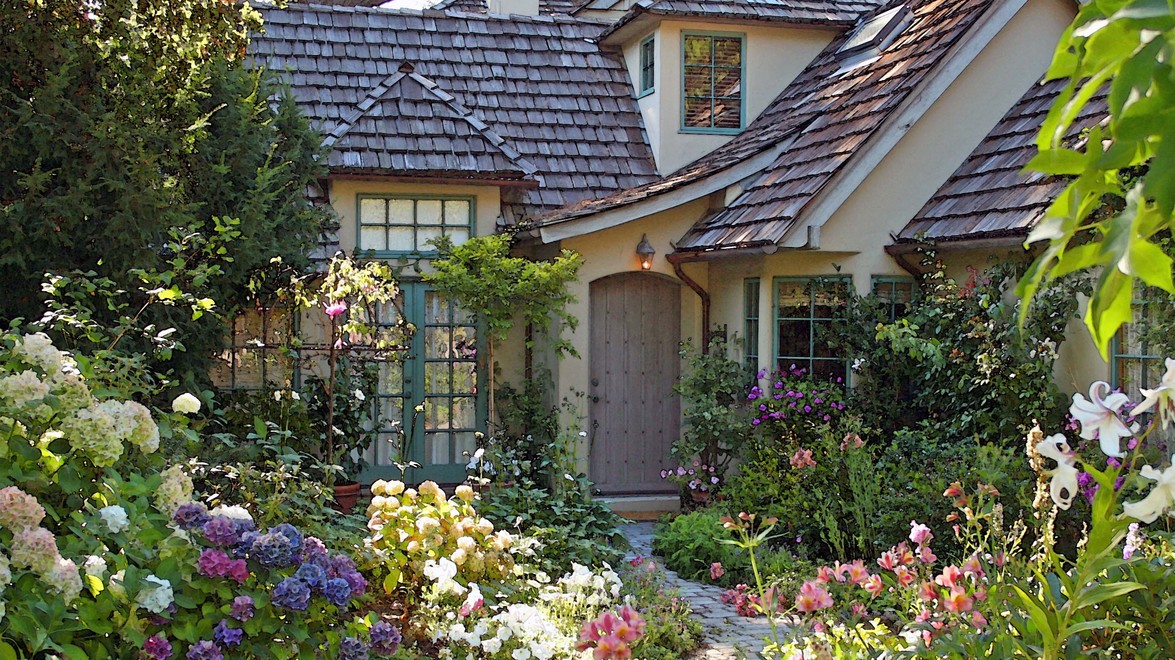
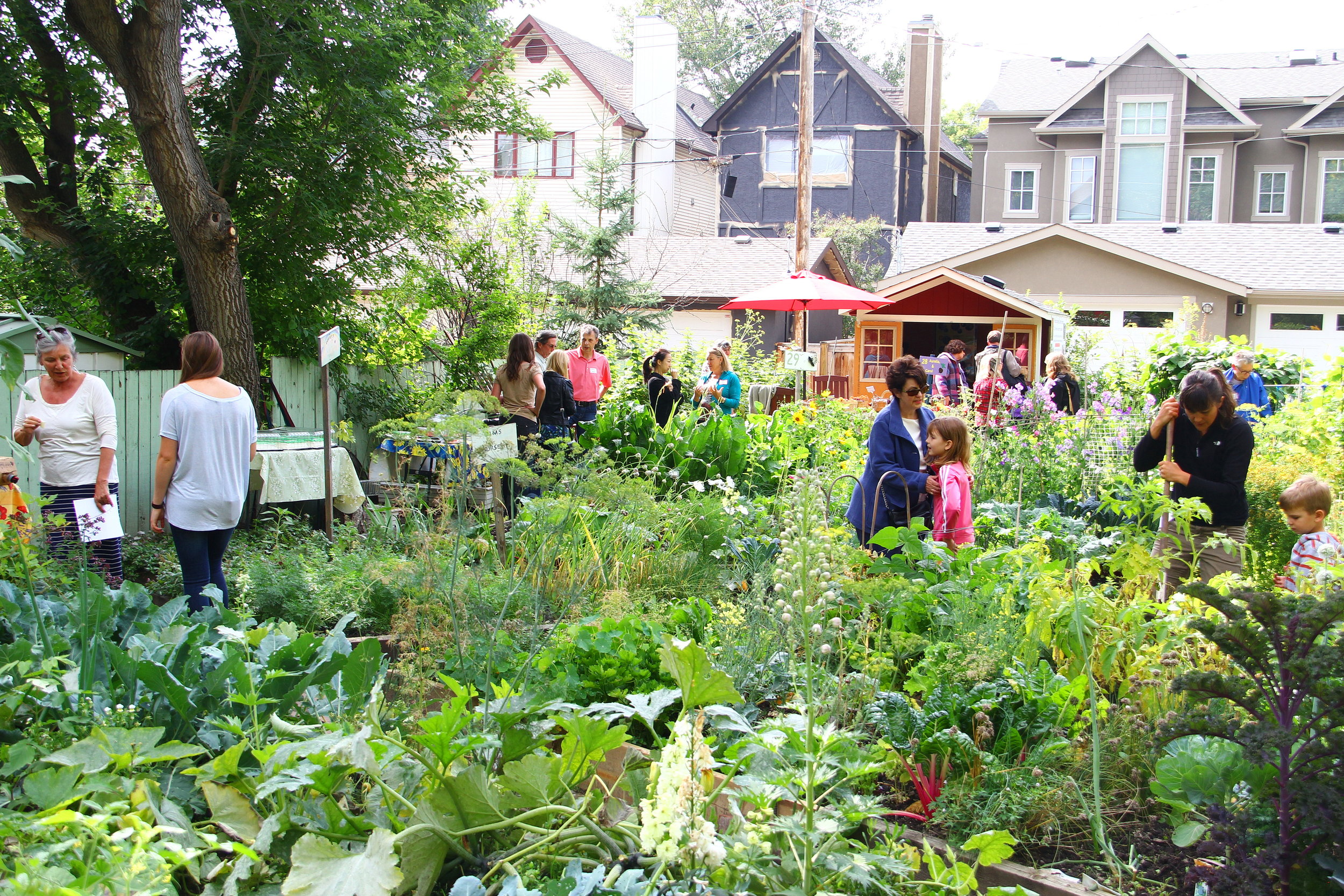
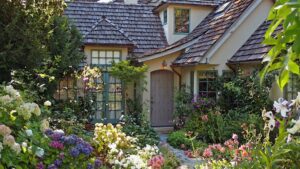
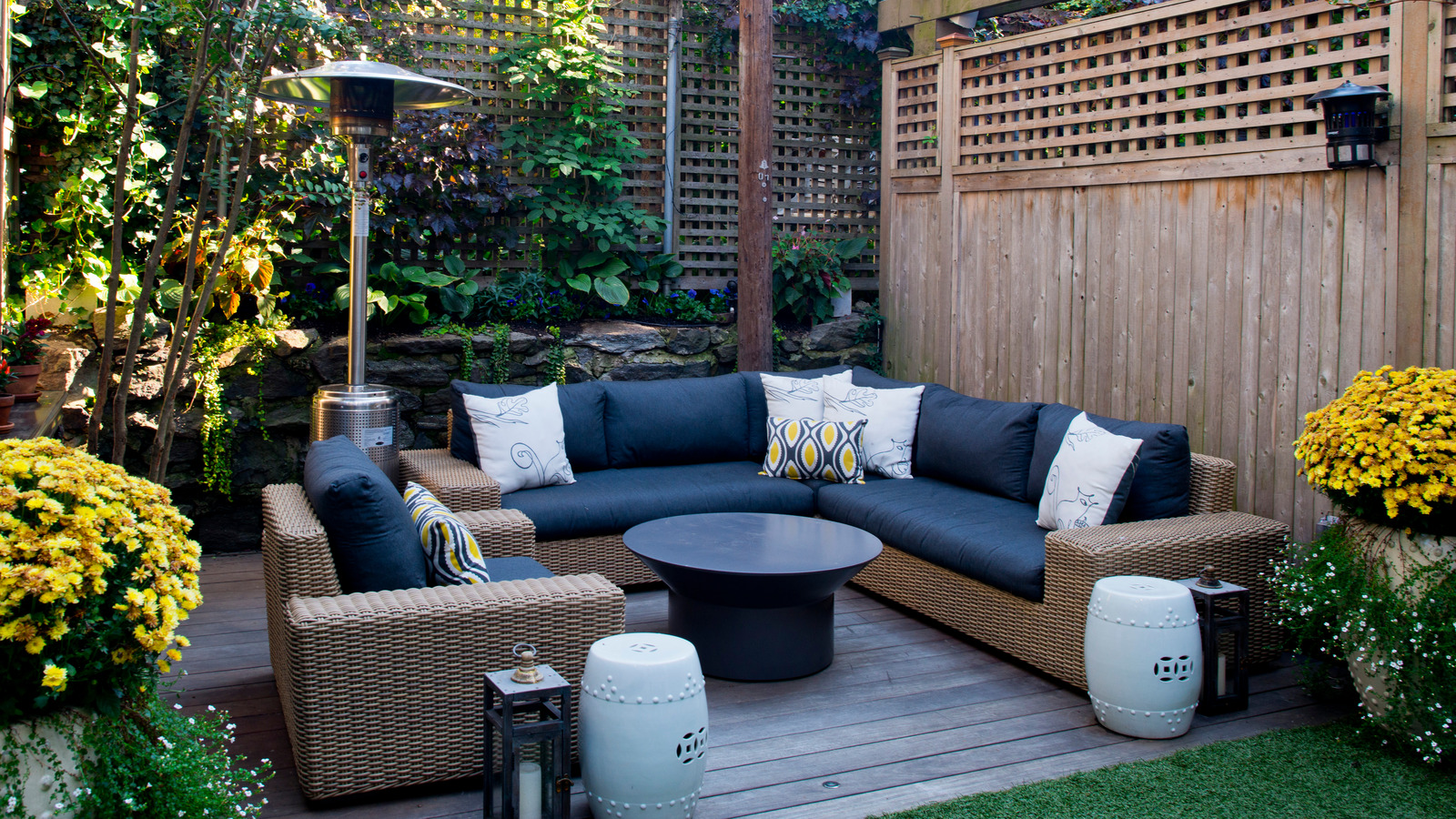
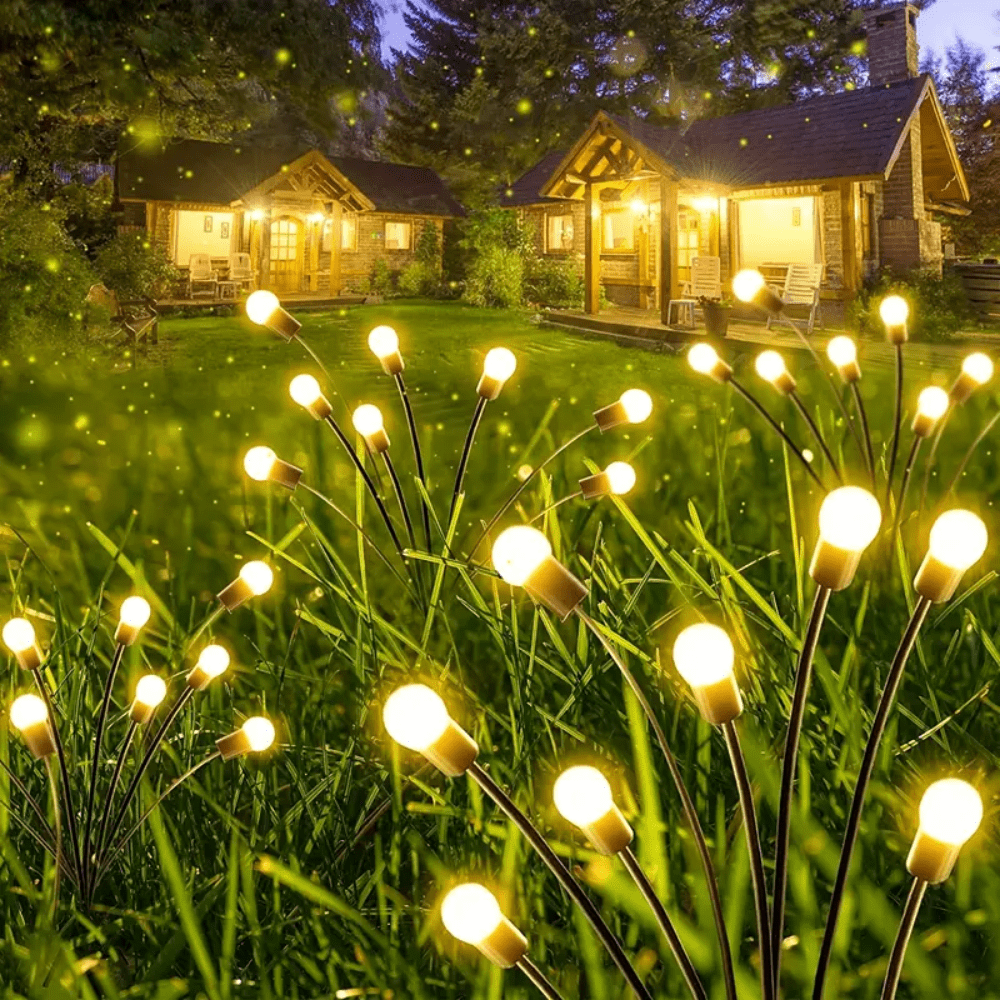
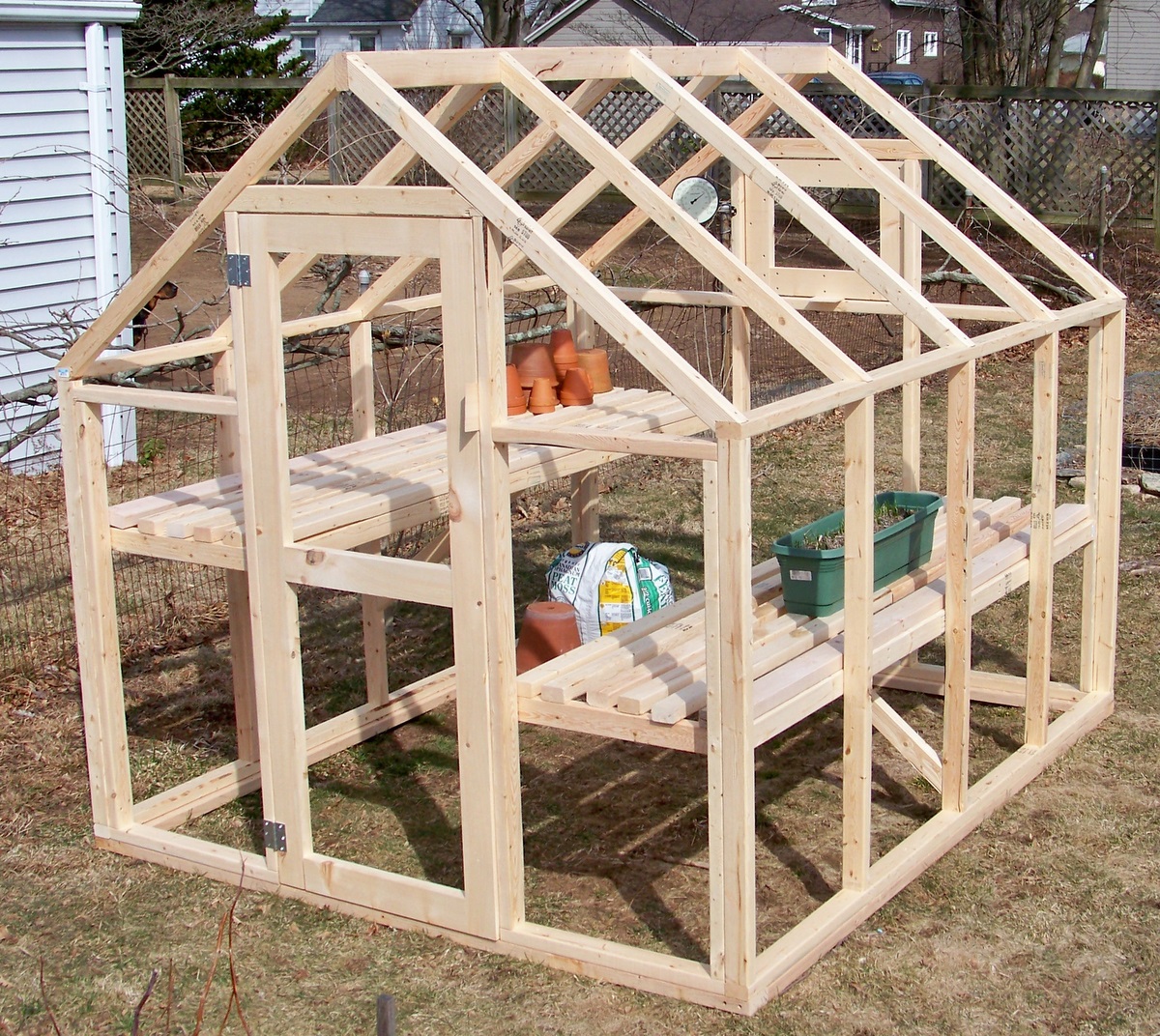
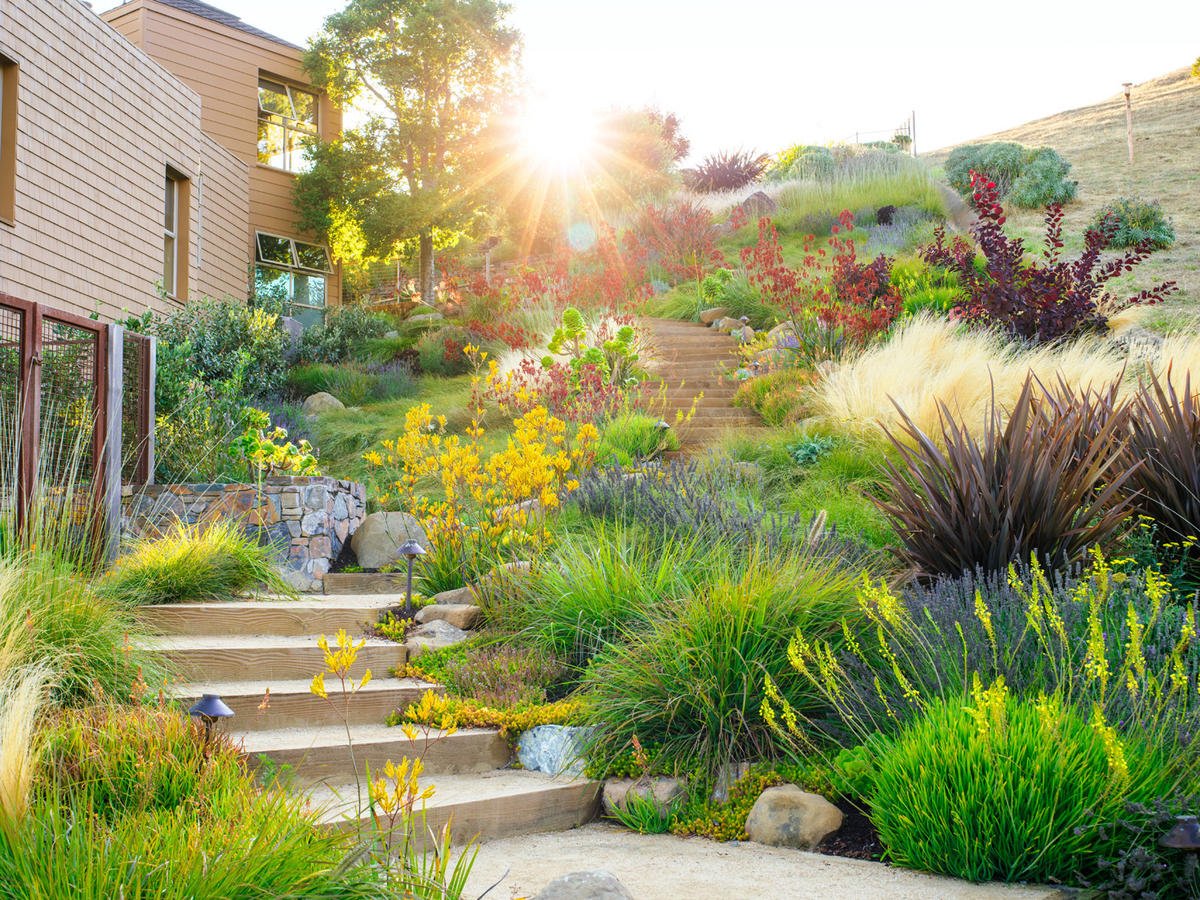
Leave a Reply